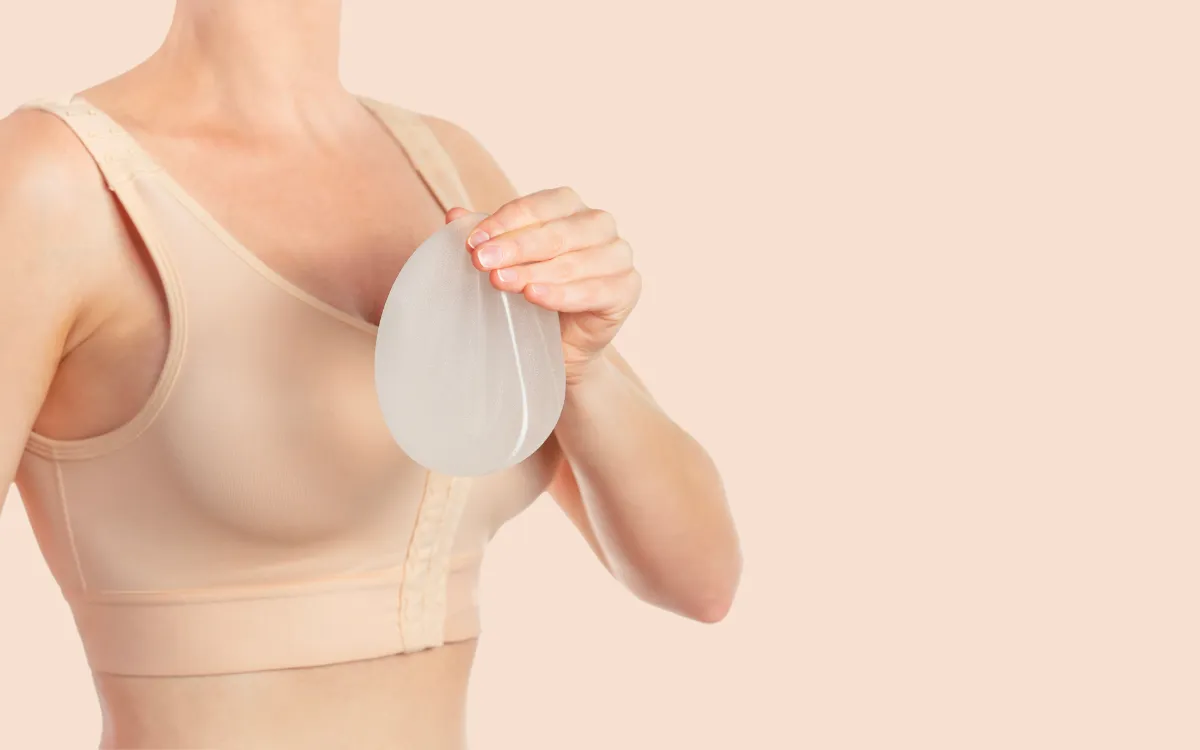
The discussion surrounding the permanence of breast implants is frequently oversimplified in popular culture, often leading to unrealistic patient expectations. The reality, affirmed by decades of clinical data and material science, is that no current breast implant—whether filled with saline or the latest generation of cohesive silicone gel—is classified as a lifetime device. Instead, these medical prostheses have a highly variable functional lifespan, influenced by a complex interplay of material durability, biological response, patient lifestyle, and, crucially, time. Understanding the true duration involves moving past the manufacturer’s warranty period, which is a contractual assurance, to grasp the statistical likelihood of integrity over successive decades, recognizing that breast implants are not designed to last a lifetime. The core certainty is that eventual removal or replacement surgery is not a possibility but an inevitability for most individuals.
breast implants are not designed to last a lifetime
The inherent durability of the implant shell dictates much of its longevity, yet this material integrity is constantly challenged by the environment within the body. Both silicone and saline implants are encapsulated by an outer layer of elastomer that is subject to continuous mechanical stress. Factors such as the constant movement of the chest wall, muscle contraction, and the natural internal pressures exerted by the surrounding tissue contribute to a slow, relentless process of wear and tear. Over the course of 10 to 20 years, this cumulative stress often leads to a material breakdown, typically manifesting as a compromise in the shell’s integrity. The manufacturer’s guidelines, which often suggest a replacement window of around a decade, are primarily based on the increasing risk of rupture or other complications observed in long-term studies, rather than a definitive expiration date.
The risk of an implant rupture increases the longer your implants are in place
The composition of the filler material fundamentally alters how a breach in the shell is detected, creating a distinct difference in long-term surveillance strategies. Saline implants, filled with a sterile saltwater solution, offer an immediate and visually undeniable sign of rupture: Ruptured saline implants will deflate quickly and you will start to notice your breasts looking smaller or deflated. As the saline solution is harmlessly absorbed by the body over a few days, the breast contour conspicuously changes, prompting timely intervention. Silicone gel implants, particularly those utilizing highly cohesive gels, present a more nuanced and potentially undetectable failure mode. Due to the gel’s thick consistency, it often remains within the fibrous capsule of scar tissue that forms around every implant, resulting in what is termed a “silent rupture.” This necessitates proactive, non-symptom-based monitoring.
Ruptured saline implants will deflate quickly and you will start to notice your breasts looking smaller or deflated
Monitoring the integrity of silicone implants relies heavily on diagnostic imaging due to the non-obvious nature of a silent rupture. The FDA and professional surgical societies provide specific recommendations for screening that deviate from the maintenance required for saline devices. The current guidance advises patients to undergo their first screening, typically via Magnetic Resonance Imaging (MRI) or an ultrasound, at 5-6 years after your initial implant surgery and then every 2-3 years thereafter. This regular schedule is designed to catch ruptures before they potentially lead to significant capsular changes or, in rare cases, migrate beyond the immediate capsule. While an MRI is considered the most definitive imaging modality for silicone, a high-resolution ultrasound is also frequently used as a less costly and more accessible initial screening tool for assessing the shell’s condition.
at 5-6 years after your initial implant surgery and then every 2-3 years thereafter
Beyond structural failure, the body’s natural response to a foreign object is a dominant factor in determining the need for revision surgery. Capsular contracture is the most common long-term complication, occurring when the thin, natural scar capsule that forms around the implant thickens and tightens. This physiological reaction can compress the implant, leading to a firm or hard feel, distortion of the breast shape, and, in advanced stages, chronic pain. The development and progression of Capsular contracture is among the most frequent complications associated with breast implants and is influenced by numerous factors including surgical technique, genetics, the patient’s immune response, and the type of implant surface (smooth versus textured). Often, it is this tightening, rather than an explicit rupture, that forces the patient to seek surgical intervention for removal or replacement.
Capsular contracture is among the most frequent complications associated with breast implants
The inevitability of the aging process within the patient’s own body also plays a profound, non-implant-specific role in the long-term aesthetic result. Over the years, changes in weight, pregnancy, hormonal shifts, and the simple force of gravity cause the breast skin to lose elasticity and the natural breast tissue to descend, a process known as ptosis. This change in the surrounding soft tissue means that even perfectly intact implants may eventually appear displaced, lower, or less aesthetically pleasing than they did initially. Therefore, a revision surgery is often driven by the desire to correct these age-related cosmetic changes, rather than a true implant failure, requiring a procedure that may include a breast lift (mastopexy) along with implant replacement to restore symmetry to the bustline and return the implants to a more flattering position.
restore symmetry to the bustline and return the implants to a more flattering position
The decision to replace or remove implants is rarely made based on a ticking clock alone; rather, it is prompted by the onset of one or more specific signs and symptoms. Beyond the obvious deflation of a saline device, key indicators include persistent pain or tenderness, a noticeable increase in breast firmness, significant changes in breast shape or symmetry, or the visible appearance of rippling or wrinkling under the skin. Any of these manifestations are grounds for a professional consultation, as Persistent pain and discomfort. Experiencing chronic pain or discomfort around your implants is a significant red flag. It is crucial for individuals with implants to commit to a regimen of regular self-examination to detect subtle changes, combined with routine clinical check-ups with their plastic surgeon to address any evolving concerns.
Persistent pain and discomfort. Experiencing chronic pain or discomfort around your implants is a significant red flag
Modern implant technology and surgical protocols have undoubtedly improved the average lifespan and safety profile compared to earlier generations. However, this progress should not foster the illusion of permanence. Contemporary cohesive silicone gels are more resistant to leakage, and improved surgical methods aim to reduce capsular contracture rates. Despite these advancements, the essential fact remains that the implant is a manufactured device operating in a dynamic biological environment. All patients must maintain a realistic perspective, accepting that the need for reoperation is a fundamental aspect of the long-term commitment. This foresight allows for better planning and reduces the psychological impact when revision surgery becomes necessary.
The chance of developing complications increases over time
Given the increasing awareness of implant-related concerns, including the rare but serious association with Breast Implant-Associated Anaplastic Large Cell Lymphoma (BIA-ALCL) and the spectrum of systemic symptoms often referred to as Breast Implant Illness (BII), a patient’s emotional and systemic health is becoming an equally important metric for long-term monitoring. While BIA-ALCL is primarily associated with certain textured implants, and BII is still a subject of ongoing research, a patient’s overall well-being and any new, unexplained systemic symptoms should be considered in the evaluation of implant longevity. Patients with breast implants may experience systemic symptoms such as joint pain, muscle aches, confusion, fatigue and autoimmune diseases, and the development of such symptoms often prompts a discussion about explantation, regardless of the implant’s structural integrity.
Patients with breast implants may experience systemic symptoms such as joint pain, muscle aches, confusion, fatigue and autoimmune diseases
Ultimately, the longevity of breast implants is a nuanced consideration where structural durability meets biological reality and aesthetic evolution. The common average range of 10 to 20 years serves as a statistical benchmark, but individual outcomes vary widely. The expectation should shift from “How long will they last?” to “When will I decide to change them?” based on symptoms, imaging results, and personal aesthetic goals. Regular professional follow-up and adherence to recommended screening protocols, particularly for silicone devices, are the cornerstones of responsible long-term implant ownership.
